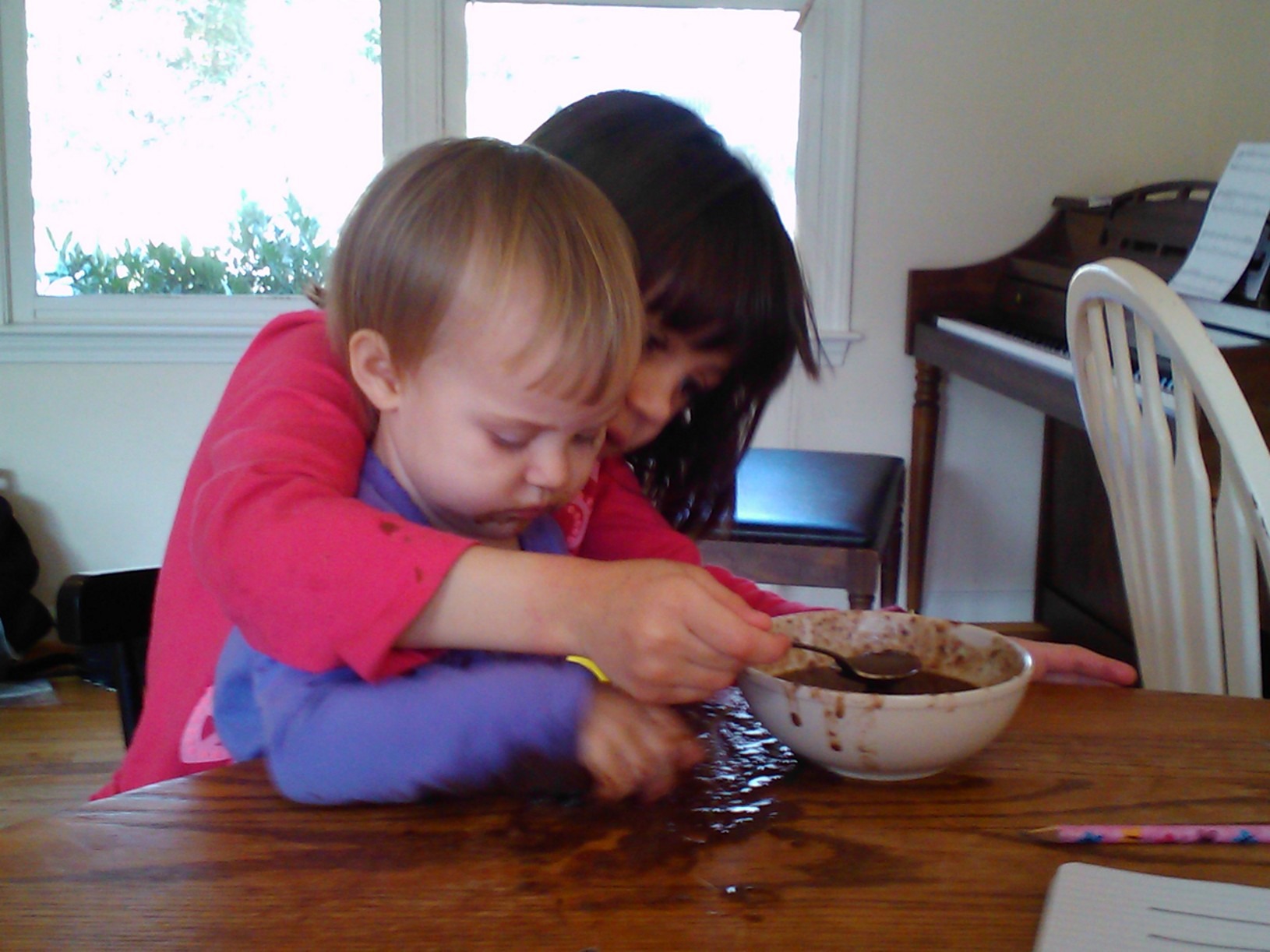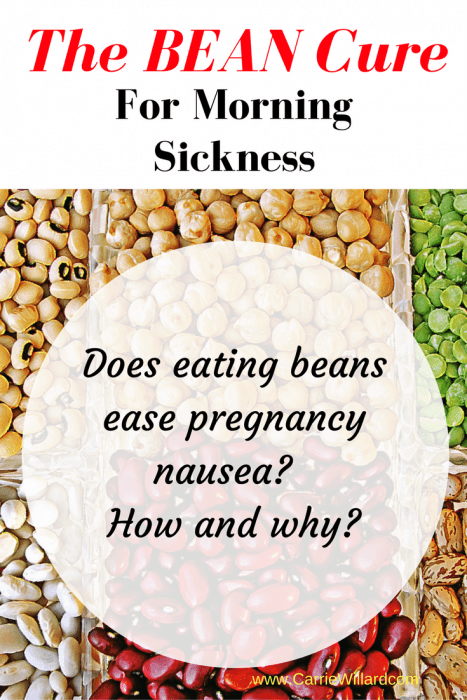This is my second post about the bean cure for pregnancy nausea. The first is here. I shared that in my early weeks of pregnancy, eating lots of beans made me feel better, and why the bean cure works.
At 23 weeks pregnant, I’m finally over the worst of the nausea and vomiting. It still sneaks up and hits me every once in awhile, especially in the evenings when I’m tired. But, I’m usually able to ignore it and go about my life.
Free printable “30 Days of Beans” meal plan.
Want it? Just enter your name and email address below.
I had high hopes that the “Bean Cure” would indeed be a cure for me, but unfortunately it wasn’t. While it did seem to help some days when I ate lots of beans, other days I noticed no difference.
Pictured: simple easy black bean soup
I talked this over with my midwife, her assistant and an apprentice. The general consensus of the three of them (with a combined total of several decades of experience) was that nothing “cures” morning sickness for most women. The best you can hope for is a little temporary relief.
One mom who has had at least 8 babies herself said that something will “work for a little while, then stop working“. That’s been my experience too.
I’ve tried dozens of remedies for morning sickness in my pregnancies. I think many of them work by placebo or distraction. Or perhaps they help blood sugar levels remain constant.
If your midwife tells you to eat a cinnamon Altoid every 10 minutes and you do it, it makes you feel empowered, like you’re “doing something” instead of being passive. So it seems to help.
For me, the most effective treatment was keeping something on my stomach all the time. Unfortunately that means I tend to gain too much weight in my first trimester. Low blood sugar and odors are the biggest triggers, so I rearrange my life to manage the former and avoid the latter.
I DO think eating lots of beans in pregnancy is a great idea, however, and I’m glad I gave it a shot, for several reasons.
Benefits of Eating Beans During Pregnancy:
- Eating lots of beans eliminated the constipation I always experience during pregnancy. This is a huge benefit!
- Beans fill you up and provide a “slow burn” of sustained energy. They keep your blood sugar on an even keel.
- Beans are super cheap eats and quite healthy.
- Beans are a low calorie food. So, they probably help slow down unnecessary weight gain in pregnancy.
I always appreciated beans and ate them frequently, but they’ve become an even bigger part of my diet in recent months. We now eat a bean main dish twice a week in my house, which helps with the grocery budget.
Here are a few of my favorite bean eating tips, pregnant or not:
- With preparing and cooking beans, I find that slow is better. I rinse my dried beans, then soak them overnight in water. I discard the soaking water and add new water to cook them in. Then, I cook them in the slow cooker. The slow method seems to eliminate gas. I never experience gas after eating beans.
- Personally, I don’t care for lentils. I don’t like the flavor or the texture. But I have begun mixing them 50/50 with ground beef for tacos. The kids noticed, but nobody complained. It helps to season the lentils heavily and mash them a little bit before adding them to the cooked ground beef. (Then add a little water and simmer.) I’m going to try this with chili too. And I actually do like seasoned lentils on rice, topped with sharp cheddar cheese.
- Try serving beans as a side dish with whatever else you’re serving. Pinto beans are my family’s favorite, and they go well with rice, any corn based dish, and vegetables. A big pot of pintos and cornbread is a simple but satisfying meal (the corn plus beans provides complete protein). Lima beans and blackeyed peas go well with veggies too. Having a big pot of beans in the fridge all the time is a great way to fill up hungry teenagers inexpensively. See more cheap eats for saving money on groceries here.
- Learn to make your own refried beans. They’re super cheap and healthier than the store bought versions. I don’t follow a recipe for this. Simply mash cooked pinto beans with sauteed onions (or onion powder), garlic (or garlic powder), salt and pepper and whatever fat you’ve got on hand – lard, butter, olive oil, bacon grease. I like mine with a bit of texture so I don’t puree them. But, pureed beans would be a great dip with chips, or food for a baby or toddler.
- Did you know you can add pureed beans to brownies? Yep. I used pureed chickpeas in a blondie recipe, and it was yummy. You can add pureed black beans to brownies. It reduces the fat and adds nutrition and fiber. This is a great option if you don’t care for beans.
- Beans go great in soup. Obvious choices are chili and bean soup, but almost any vegetable soup does well with the addition of beans. Add white beans, chickpeas or lentils to vegetable soups. Puree them if you don’t like the texture. Beans add creaminess and bulk that makes the soup more filling, without meat. Minestrone soup requires beans, as does Italian Wedding soup. One of my family’s favorite recipes is Sausage, Bean and Kale soup. The recipe is featured in the Everything Beans cookbook, which I love.
What are some of your favorite ways to eat beans? I’m looking for a great black bean burger recipe so if you have one please share!


Leave a Reply